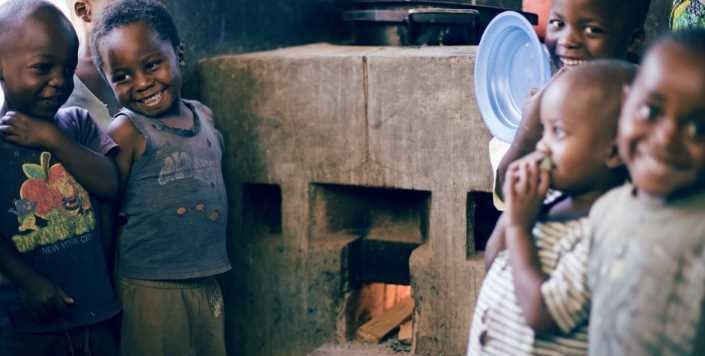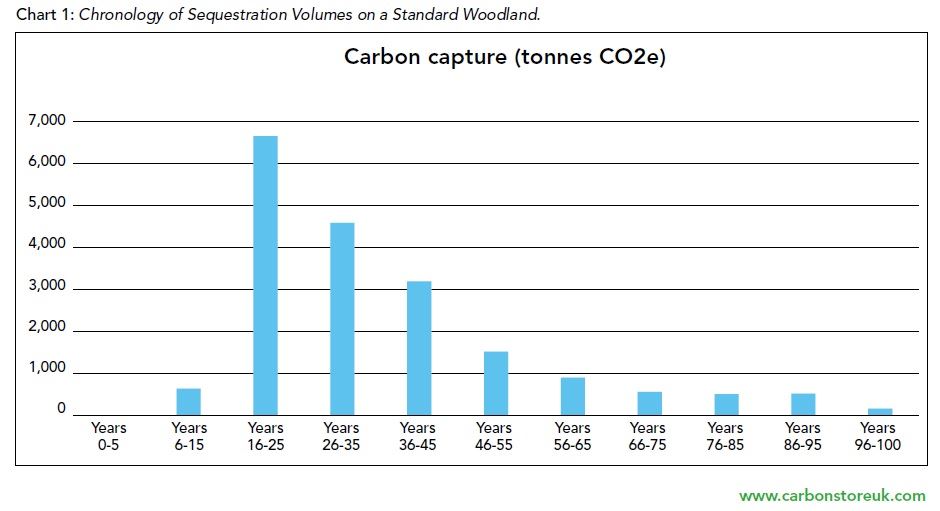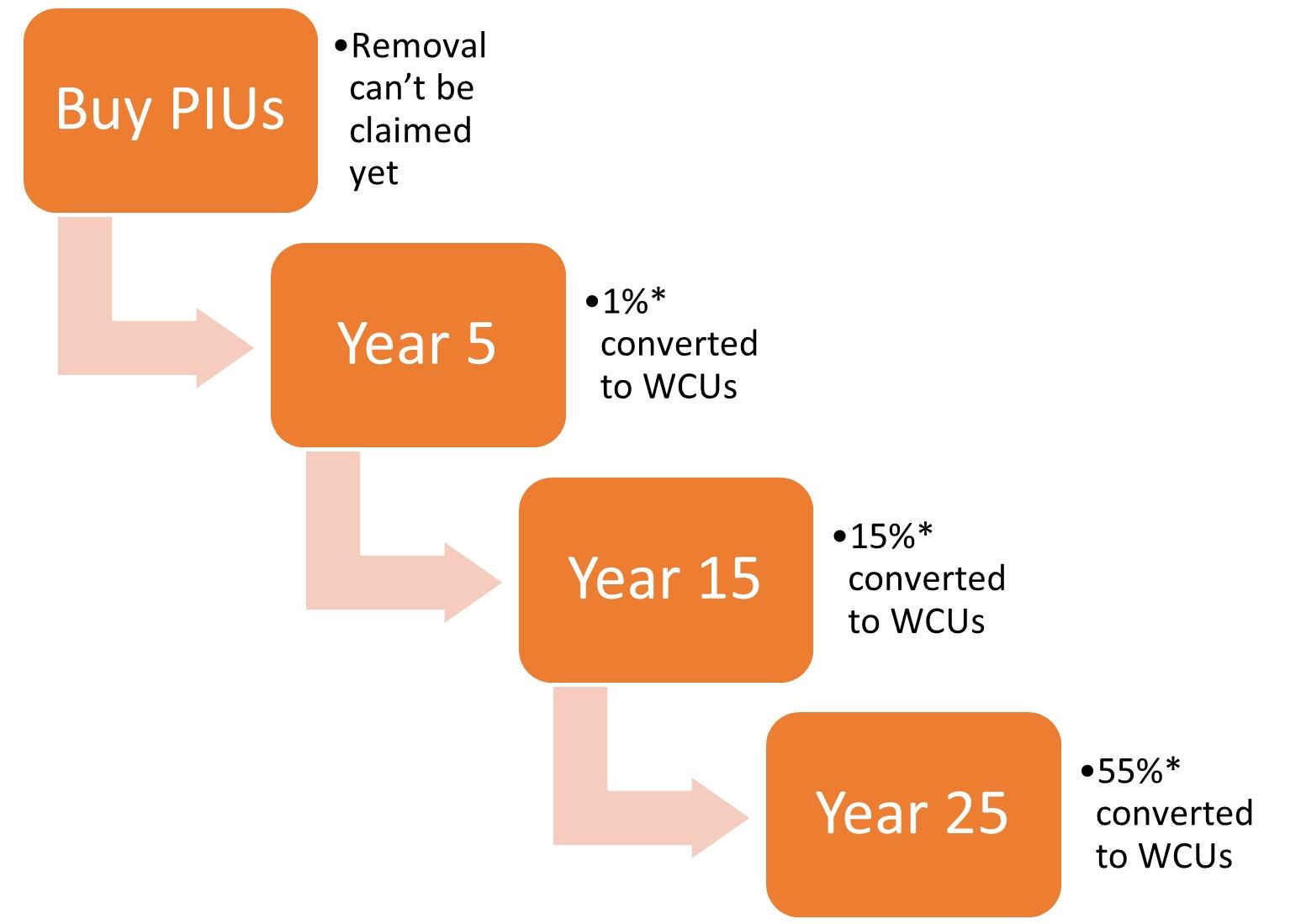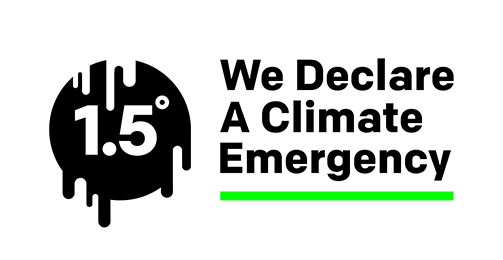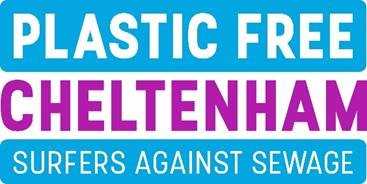Send a message 0333 344 5890 |
Purchase Carbon Credits
Carbon Credits are a way of investing in projects that save or remove carbon outside of your own value chain. When you purchase from us, we only use certified carbon credits to ensure they meet the key principles of high quality carbon credits.
Our carbon credit portfolio
We have carefully put together a portfolio of carbon credits that are all independently certified by either the Gold Standard or the Woodland Carbon Code, so you can be confident that the carbon savings are real and conform to the highest quality standards. Our projects also have additional social and environmental benefits beyond carbon savings.
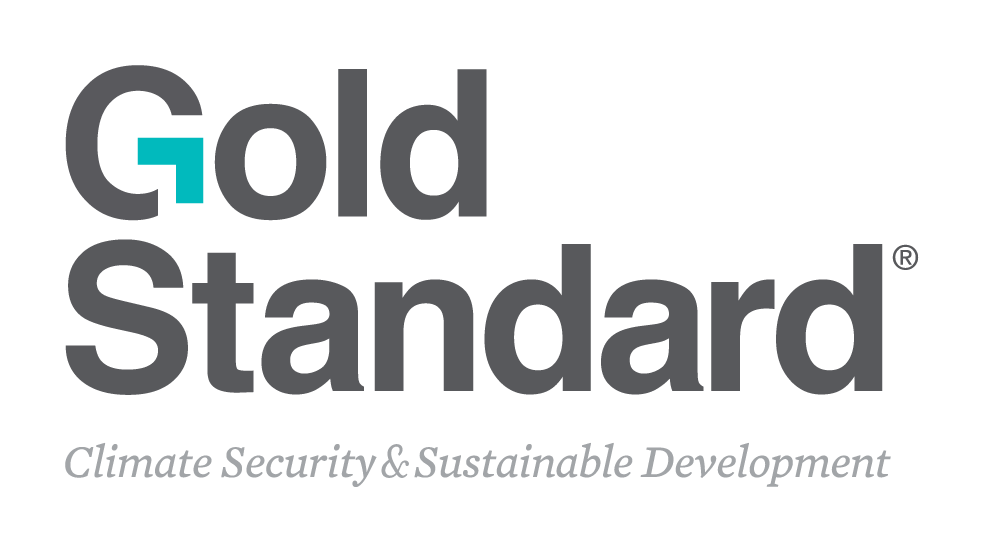

Once you have purchased your credits, we will retire them in a public registry to prevent double counting and to put your offset on the public record.
In this way, we ensure that you meet the best practice principles of; verifiability; additionality; permanence; and avoidance of negative consequences.
Carbon Credits FAQsAre your carbon credits suitable for Net Zero claims?The aim of our (and any credible) Net Zero programme is to reduce our emissions to as close to zero as possible. However, most organisations are unlikely to be able to reduce to absolute zero, so for them achieving Net Zero will involve the purchase of carbon credits to neutralise their "residual emissions" (the emissions that are left once all carbon reduction options have been exhausted). We follow the guidelines of the Science-Based Targets Initiative, which state that Net Zero Neutralisation must be done by removing a quantity of CO2 equivalent to a company's residual emissions and locking it away in permanent storage. Technologies for carbon removal are under development so we keep this constantly under review. Currently our recommended approach is through the planting of trees, which absorb CO2 as they grow, via the Woodland Carbon Code.
Are your carbon credits suitable for Carbon Neutral claims?We no longer recommend Carbon Neutrality as a desired outcome. However, if this is something you want to do, we believe our managed portfolio is the best approach. We use a combination of carbon credits and tree planting to maximise your impact.
Why do you no longer recommend Carbon Neutrality?Carbon Neutrality is a goal that we have previously promoted, and when done well it can be beneficial to the global effort to combat climate change. So why do we no longer recommend pursuing Carbon Neutrality as a desired outcome? Our key reasons are as follows:
Members of our previous programme will have a grace period during which they can continue to attain Carbon Neutral certification (Note: Our Carbon Neutral certification requires ongoing carbon reduction and includes the complete carbon footprint). Members of the Road to Net Zero programme are still very much encouraged to invest in carbon credits as a way to contribute to the global effort to combat climate change. However we no longer refer to these purchases as "offsetting", instead they will be recognised on your certificate as a "Contribution to wider impact" (see Certification page for details). We acknowledge that this is a change in our position, but we think that it is more important to reflect current best practice than to hold onto an outdated method for the sake of avoiding potential embarrassment. How will our Carbon Credits purchases be recognised?If you are a member of the Road to Net Zero programme, any carbon credits you purchase will be recognised on your certificate as a "Contribution to wider impact" or, in the case of Woodland Carbon Code PIUs, as a "Contribution to future impact" (see Certification page for details). |
|

